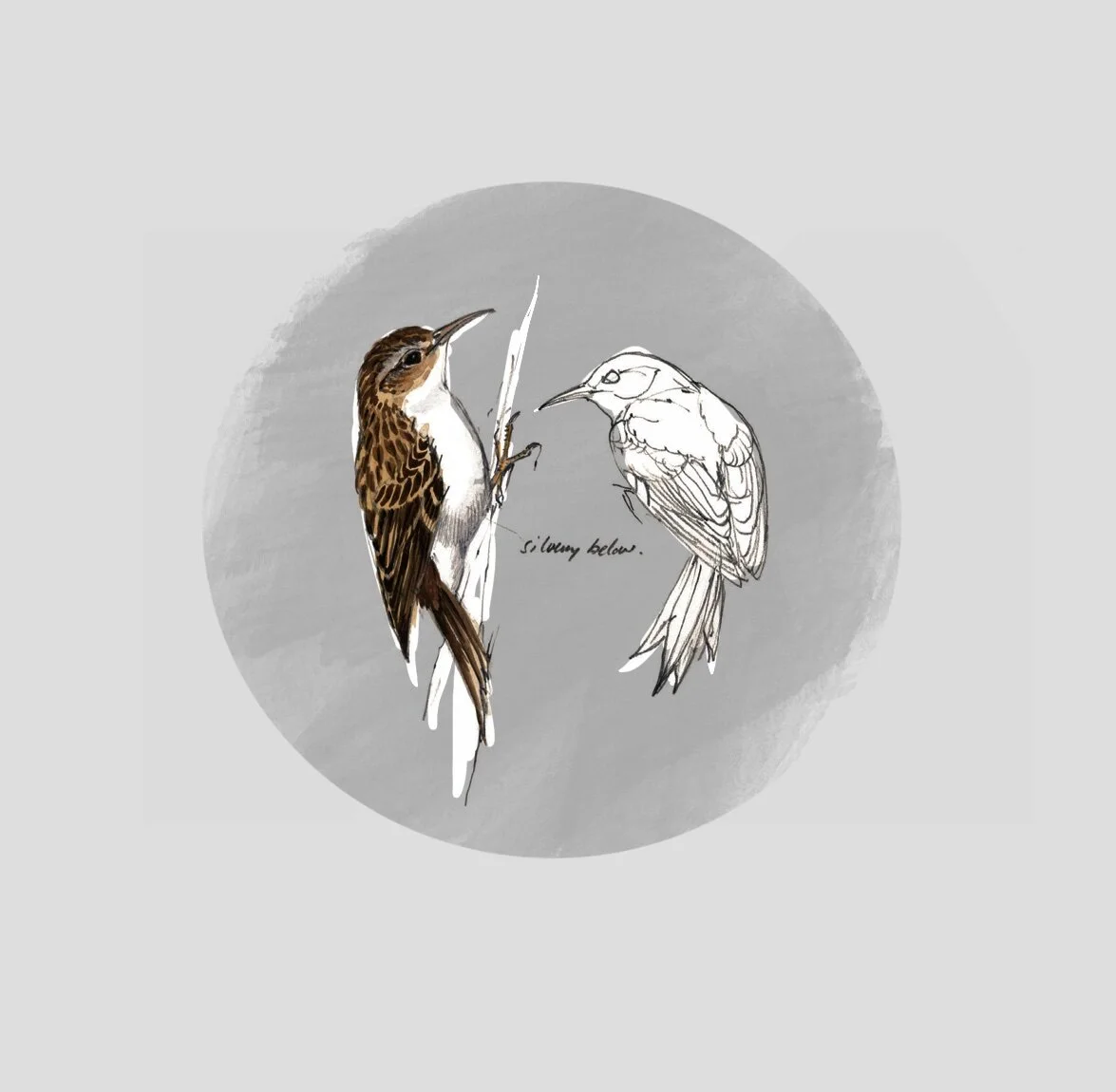CRESTED TIT (Lophophanes cristatus) - Mésange huppée
Summary
Found in pine forests from 500m up to the treeline this tiny active bird is lovely to look at. The song is quite faint and easily overlooked:
© Arlette Berlie
The Crested Tit is a pretty little member of this family. In Switzerland it is common throughout coniferous forests and although it can be found at low elevations (sometimes in winter on my bird feeder at 850m) it is commonest above about 900m up to the treeline. I have found it rather silent compared to others in this family and I have yet to identify what I would call a "real song" - a series of chirrups and chatters is what I mostly hear. A commonly heard call is a fairly strong chirruping here is a small flock around my feeder in January, plenty of wing sounds in here also:
The shape of each call seems to be very consistent - each trill made up of 6-7 notes in an inverted “V” shape, raising and falling in an arc around 3.5kHz :
This call can sometimes be be preceded by 1-3 short sharp notes of a higher frequency, here is a video showing these introductory notes, either 1 or 2 in this example. There are two birds using the same call here, but I do not think it is “song” as such, but could certainly be something to do with maintaining the pair bond. Note that the “chirrup” part is the same note as previously:
© Arlette Berlie
In addition to these calls, which I have the impression are more frequently used in autumn and winter, there is a whole host of squeaks and chirrups used within flocks and between pairs. Here is one example, again using the same basic element of the inverted “V”, three notes in quick succession, but instead of being at 3.5 kHz as previously the whole call is shifted up to about 6.2 kHz:
In the breeding season there seems to be a tendency for this bird to be less vocal, (although as you will hear there is a fair amount of competition from other forest dwellers!) and it employs a greater variety of small high-pitched squeaks like contact calls:
This squeaky single note call is interspersed with other chatters. If you listen carefully the tone of the squeak, whilst fairly piercing, is somewhat slurred, rising sharply and then falling away at the end. This can be seen in the sonogram, our familiar inverted “V” note has now morphed into an inverted "U" shape:
© Arlette Berlie
Some authors refer to a gentle "purring sound" sometimes used in courtship, there were two birds present when I made this recording and if you listen carefully to the last fifteen seconds or so of the sequence you can hear an almost insect like purring noise from one of the birds with some very strange, very rapid squeaks in there too, they almost look as though two notes are being called at the same time, but whether from two birds or one is hard to say - but again it is tempting to suggest this may be related to the pair-bond:
These last two “spring” examples are at a higher frequencies than the frequently haerd “chirrupings” of “winter” presented earlier. Another tempting theory would propose that, when breeding, perhaps this tiny little fellow moves to higher frequencies where there is less acoustic competition from the larger finches and thrushes that share the same habitat. I need to do more work on this I think……
Crested Tit studies (with a Treecreeper bottom right!) a page from Franks diaries © Frank Jarvis








